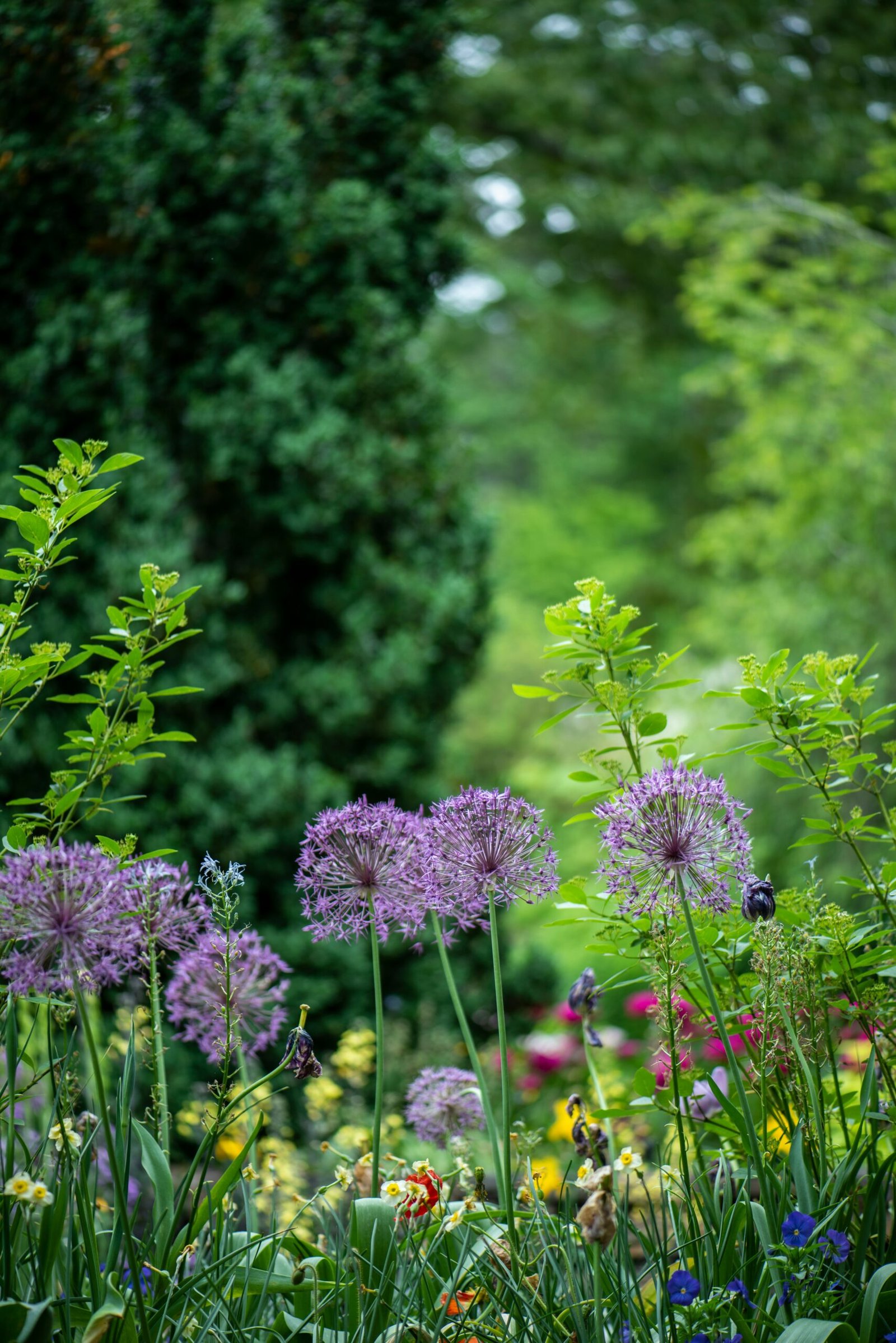
Tips for Visiting Pit of Diamonds State Park
Are you planning a trip to Pit of Diamonds State Park? Known as the only diamond-producing site in the world open to the public, this unique park in Arkansas offers visitors the opportunity to search for and keep their own diamonds. Whether you’re a seasoned gem enthusiast or just looking for a fun and educational experience, here are some tips to help you make the most of your visit to Pit of Diamonds State Park.
1. Plan your visit in advance: Before heading to Pit of Diamonds State Park, it’s a good idea to plan your visit in advance. Check the park’s website for any updates or closures, and make sure to familiarize yourself with the park’s rules and regulations. This will ensure that you have a smooth and enjoyable experience during your visit.
2. Bring the right equipment: To increase your chances of finding a diamond, it’s important to come prepared with the right equipment. While the park provides basic tools such as shovels and buckets, you may want to bring your own digging tools, such as a small garden trowel or a hand-held sifter. Additionally, don’t forget to bring sunscreen, a hat, and plenty of water to stay hydrated while you’re out in the sun.
3. Learn about diamond hunting techniques: Diamond hunting requires a bit of knowledge and skill. Before you start searching, take the time to learn about the different techniques used to find diamonds. This can include methods such as wet sifting, dry sifting, and surface searching. By understanding these techniques, you’ll be better equipped to find diamonds during your visit.
4. Take advantage of the park’s amenities: Pit of Diamonds State Park offers a range of amenities to enhance your visit. There is a visitor center where you can learn more about the park’s history and geology, as well as a diamond discovery center where you can have your finds identified. The park also has picnic areas, hiking trails, and a campground, so consider making a day or weekend trip to fully explore all that the park has to offer.
5. Be patient and persistent: Diamond hunting is not a guaranteed success, and it requires patience and persistence. It’s important to manage your expectations and understand that finding a diamond is not guaranteed. However, by staying positive and enjoying the experience of being outdoors and searching for treasures, you’ll have a great time regardless of the outcome.
Visiting Pit of Diamonds State Park is a unique and exciting adventure. With these tips in mind, you’ll be well-prepared to make the most of your visit and increase your chances of finding a diamond to take home as a souvenir of your trip.
1. Come Prepared
Before heading to the park, it’s important to come prepared. Here are some essential items to bring:
- Tools: Bring a small shovel, a bucket, and a garden trowel to help you dig and sift through the soil.
- Water: Stay hydrated throughout the day by bringing plenty of water.
- Sunscreen and Hat: Protect yourself from the sun’s rays by wearing sunscreen and a hat.
- Comfortable Clothing and Shoes: Wear comfortable clothes and closed-toe shoes that you don’t mind getting dirty.
- Snacks: Pack some snacks or a picnic lunch to enjoy during your visit.
- Identification: Bring a valid ID for registration at the park’s Diamond Discovery Center.
- Camera: Capture the excitement of your diamond hunting experience by bringing a camera. You’ll want to document your findings and share them with friends and family.
- Maps and Guidebooks: Familiarize yourself with the park’s layout by bringing along maps and guidebooks. These resources will help you navigate the park and locate the best areas for diamond hunting.
- First Aid Kit: Accidents can happen, so it’s always a good idea to have a basic first aid kit on hand. Include items such as band-aids, antiseptic wipes, and pain relievers.
- Bug Spray: Protect yourself from pesky insects by bringing bug spray. The park is home to a variety of bugs, especially during the warmer months.
- Plastic Bags or Containers: Once you find a diamond or other interesting rocks, you’ll need something to store them in. Bring plastic bags or containers to safely transport your treasures home.
2. Learn How to Search for Diamonds
Searching for diamonds requires a bit of knowledge and technique. Here are some tips to help you in your search:
- Look for Washed Gravel: Diamonds are often found in the park’s plowed field, where the soil has been churned up. Search for areas with washed gravel, as diamonds are heavier and tend to settle in these spots.
- Use Your Tools: Use your shovel to loosen the soil and your garden trowel to carefully sift through it. Take your time and be thorough in your search.
- Check for Sparkles: Diamonds have a unique sparkle that sets them apart from other rocks. Look for any shiny or reflective stones that catch your eye.
- Ask for Help: If you’re unsure about what you’ve found, don’t hesitate to ask a park staff member for assistance. They are experienced in identifying diamonds and can provide guidance.
- Stay Patient: Searching for diamonds can be a time-consuming process, so it’s important to stay patient. Remember that finding a diamond is a rare occurrence, but the thrill of the hunt can be just as rewarding as the discovery itself.
- Explore Different Areas: While the plowed field is a popular spot for diamond hunting, don’t limit yourself to just one area. The park is vast and there may be other hidden gem spots waiting to be discovered. Be adventurous and explore different parts of the park to increase your chances of finding a diamond.
- Learn from Others: Engage with fellow diamond hunters and learn from their experiences. They may have valuable tips and insights that can help improve your search. Join online forums or attend diamond hunting events to connect with other enthusiasts and expand your knowledge.
- Keep an Eye on the Weather: Weather conditions can greatly affect your diamond hunting experience. Heavy rains can wash away gravel, potentially uncovering new diamond-bearing areas. On the other hand, dry weather can make it easier to spot diamonds as they may glisten in the sunlight. Stay informed about the weather forecast and plan your diamond hunting trips accordingly.
- Document Your Finds: As you search for diamonds, it’s a good idea to document your findings. Take photos of the stones you discover and keep a record of the date and location. This will not only help you track your progress but also serve as a memento of your diamond hunting adventures.
3. Follow Park Rules and Regulations
To ensure a safe and enjoyable experience for all visitors, it’s important to follow the park’s rules and regulations. Here are some key guidelines to keep in mind:
- Stay within Designated Areas: Digging for diamonds is only allowed in designated areas of the park. Be sure to respect boundaries and avoid trespassing.
- Fill in Holes: After you finish digging in a specific area, be sure to fill in any holes you’ve created. This helps maintain the park’s natural beauty and prevents accidents.
- Keep Pets on Leash: If you’re bringing a pet with you, make sure to keep them on a leash at all times. This ensures the safety of your pet and other visitors.
- No Swimming or Diving: Swimming and diving are not allowed in the park’s water sources. Stick to designated swimming areas if you wish to cool off.
- Respect Wildlife and Plants: Remember that you’re visiting a natural habitat. Avoid disturbing wildlife and plants, and refrain from littering.
Additionally, it is crucial to familiarize yourself with any specific rules and regulations that may apply to the park you are visiting. These rules are put in place to protect both visitors and the environment. For example, some parks may have restrictions on the use of drones or certain recreational activities that could potentially harm the ecosystem.
By adhering to these rules, you are not only ensuring your own safety but also contributing to the preservation of the park for future generations. It’s important to remember that parks are shared spaces, and everyone has a responsibility to treat them with respect and care.
Furthermore, park rangers and staff are there to assist you and provide guidance. If you have any questions or concerns about the rules and regulations, don’t hesitate to approach them. They can offer valuable information about the park’s unique features, wildlife, and any ongoing conservation efforts.
Lastly, educating yourself about the park’s rules and regulations before your visit can enhance your overall experience. Familiarize yourself with any specific guidelines regarding camping, hiking trails, or picnicking areas. This knowledge will help you plan your visit accordingly and make the most out of your time in the park.




